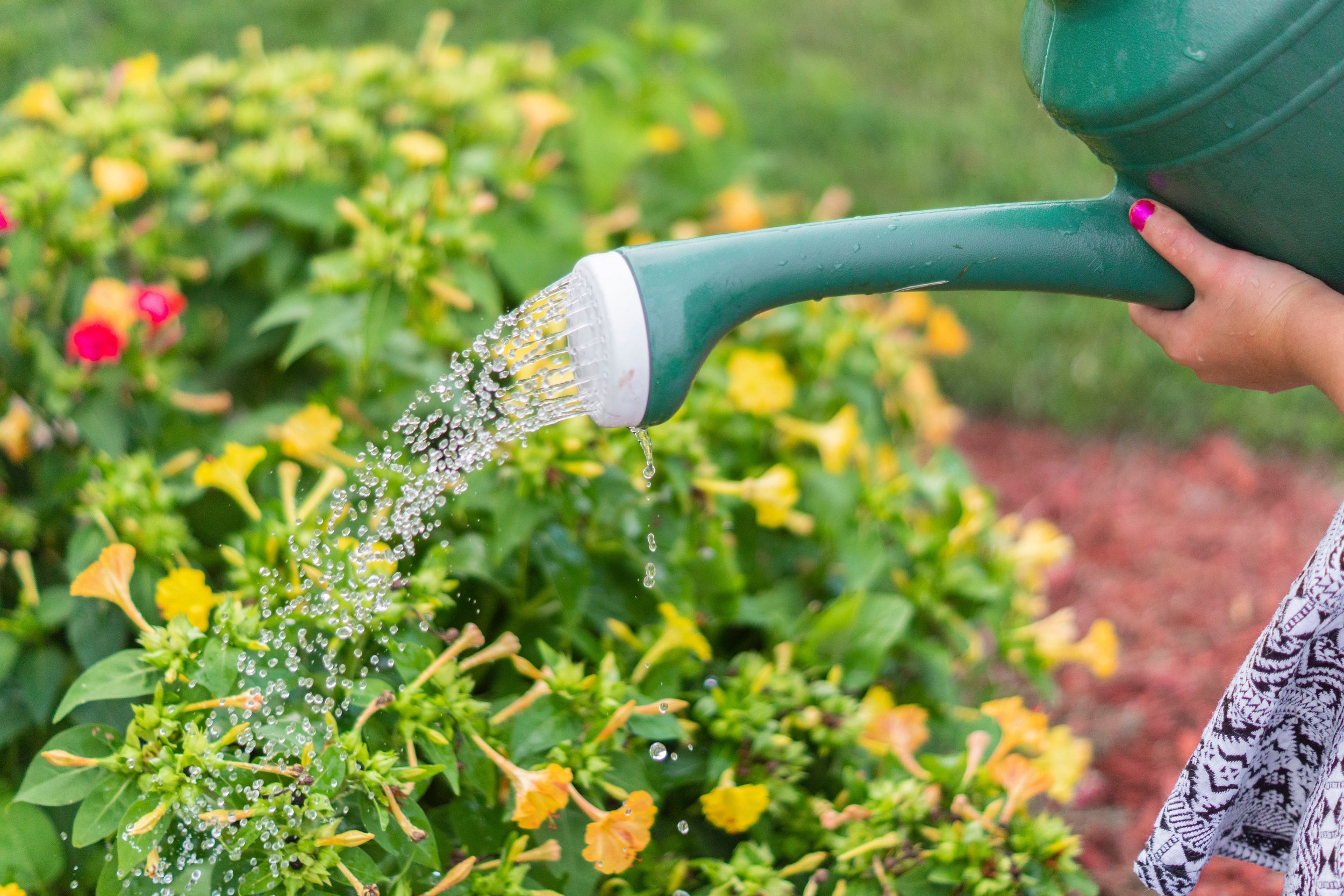The Art and Science of Watering Plants
Image via pxHere - CC0 Public Domain
Watering plants might seem like a simple task, but it's an art form that can make or break the health and vitality of your garden. Whether you're a seasoned gardener or just starting your journey with houseplants, understanding the nuances of watering is essential for fostering thriving flora. In this guide, we'll delve into the science behind watering, debunk common myths, and offer practical tips to help you become a master of plant hydration.
This week’s blog post topic was inspired by a question from Angela Smith on our Facebook page.
The Science Behind Watering
Plants rely on water for numerous vital functions, including photosynthesis, nutrient transport, and structural support. Understanding how water moves through plants can help you tailor your watering practices to meet their specific needs.
Water uptake primarily occurs through a plant's roots, which absorb moisture from the surrounding soil. This process is facilitated by osmosis, where water molecules move from areas of high concentration (the soil) to areas of low concentration (the root cells). Additionally, plants use specialized structures called xylem and phloem to transport water and nutrients throughout their tissues.
However, while water is essential for plant growth, too much or too little can be detrimental. Overwatering can lead to root rot, suffocating the roots and depriving the plant of oxygen. On the other hand, underwatering can cause wilting, stunted growth, and even death in severe cases.
Debunking Common Myths
Before we delve into watering techniques, let's dispel some common myths that often lead to misconceptions about plant care:
1. Myth: Watering on a strict schedule (e.g., every Monday) is best.
Plants have diverse watering needs influenced by factors like species, season, and environmental conditions. Rather than adhering to a rigid schedule, it's crucial to monitor each plant's moisture levels and adjust watering frequency accordingly.
2. Myth: Wilting plants always indicate the need for more water.
While wilting can be a sign of underwatering, it can also result from overwatering or other stress factors. Always assess soil moisture and other plant health indicators before reaching for the watering can.
3. Myth: Watering plants from above (e.g., with a watering can or hose) is the best method.
While overhead watering can be suitable for certain plants and situations, it's not ideal for all. Some plants, particularly those prone to fungal diseases, benefit from watering at soil level to minimize moisture on foliage.
Practical Tips for Watering Success
1. Know Your Plants
Different plants have varying water requirements based on factors like species, size, and stage of growth. Research the specific needs of each plant in your care to provide tailored watering.
2. Check Soil Moisture
Before watering, assess the moisture level of the soil by inserting your finger into the top inch or two. Water only when the soil feels dry to the touch, as excessive moisture can lead to problems.
3. Water Deeply and Infrequently
When watering, aim to moisten the entire root zone thoroughly. Watering deeply encourages roots to grow deeper into the soil, promoting plant resilience and drought tolerance. However, allow the soil to dry out slightly between waterings to prevent waterlogged conditions.
4. Use the Right Tools
Select watering tools appropriate for your plants and growing environment. Options include watering cans, drip irrigation systems, soaker hoses, and self-watering containers. Choose tools that deliver water gently and evenly to avoid soil compaction and root damage.
5. Consider Environmental Factors
Factors like temperature, humidity, and sunlight influence a plant's water requirements. Adjust your watering practices accordingly, watering more frequently during hot, dry weather and less during cooler, humid conditions.
Watering plants is both an art and a science, requiring careful attention to detail and an understanding of plant physiology. By debunking common myths and adopting practical watering techniques, you can nurture your greenery to flourish and thrive. Remember to observe your plants regularly, adjusting your watering regimen as needed to provide the optimal growing conditions. With patience, practice, and a little green-thumb know-how, you'll become a master of plant hydration in no time.



